The Volvo EX90 electric SUV has been revealed overnight, with the replacement for the XC90 the first dedicated fully electric car from the Swedish brand.
After months of hints and teasers, the seven-seat Volvo EX90’s details and specifications have been confirmed, with the electric car coming in two main specifications.
Both are all-wheel drive, dual electric motor powertrains, referred to as Twin Motor and Twin Motor Performance, with each drawing power from a 111kWh battery made up of 17 modules.
The Twin Motor has a total power output of 300kW and makes 770Nm of torque, using the same 180kW/420Nm front motor as the Twin Motor Performance.
The Performance’s rear motor, instead of making 120kW and 350Nm as in the Twin Motor, makes 200kW and 490Nm, for a total output of 380kW and 910Nm.
The rear motor in both variants can be decoupled from the drivetrain while coasting, and in light acceleration the front motor even does all the work during takeoff. The rear motor engages with enough throttle, while it’s also able to be changed to a full-time AWD setting.
The EX90 is built on the brand’s SPA2 platform - also used for the upcoming Polestar 3 and 5 - which allows for the large battery and completely flat ‘skateboard’ arrangement, keeping mass low.
That mass, about 2818kg depending on spec, fits into a body about the same dimensions as the Volvo XC90: it’s 5037mm long, 2039mm wide with mirrors, and 1747mm tall.
Those batteries also allow the large SUV to travel up to 600km per charge under WLTP testing for the Twin Motor, or 590km in the Performance version. The SPA2 platform’s fast charge capabilities mean the EX90 can be charged from 10 to 80 per cent power in less than half an hour using 250kW DC charging.
.jpg)
The EX90 is also vehicle-to-grid (V2G) capable, meaning it can be used by owners to power their homes or even equipment (including other EVs), as long as the car is sufficiently charged. The car can then recharge from the grid when prices are lower.
As has been touted by Volvo over the last couple of months, safety and sustainability were two major focuses for the EX90.
One major aspect for the safety side of this was the implementation of an advanced lidar system Volvo says is part of a suite of software and sensors that can “help reduce accidents that result in serious injury or death by up to 20 per cent”.
“Lidar is a remote sensing system that uses a pulsed laser to precisely measure ranges and it can detect, for example, pedestrians up to 250 metres away,” Volvo said, adding it can do this at speeds up to 120km/h.
.jpg)
Its safety features are implemented in a way that’s closer to that of Tesla, where a system of sensors monitors the environment for hazards, rather than a list of individual safety features watching one specific element each.
For its attempts to minimise environmental impact with the EX90, Volvo has used plenty of recycled materials.
The brand says the EX90 is made of about “15 per cent recycled steel, 25 per cent recycled aluminium, as well as 48kg of recycled plastics and bio-based materials, which corresponds to around 15 per cent of the total plastic used in the car” which Volvo says is the highest level of any Volvo car to date.
The seats in the seven-seater leave behind materials like animal leather in favour of the aforementioned recyled materials, "PET bottles, as well as bio-attributed material from responsibly-managed forests in Sweden and Finland".
Volvo has also tried to simplify the experience from the driver’s seat - not only by streamlining the large 14.5-inch multimedia screen (which runs on Google's OS) but also by introducing more assisted driving and autonomous elements to the EX90.
.jpg)
“The Volvo EX90 will be hardware-ready for unsupervised autonomous driving, meaning that in the future the car can ultimately be able to drive for you,” Volvo said.
The autonomous driving system can be monitored via the wide dash screen which replaces a traditional instrument cluster.
After the Volvo EX90, Volvo will reveal one new electric car each year in the lead up to becoming a completely electric car company by 2030.
This shift towards full electric models is what Volvo CEO Jim Rowan means when he said the Volvo EX90 points to the brand’s future, calling it “the start of something new”.
“The Volvo EX90 is a statement for where we are, and where we are going,” said Mr Rowan.
“It’s fully electric with a range of up to 600 kilometres on a single charge, designed to further raise our safety standards, the first Volvo car to be truly defined by its software and part of a wider ecosystem, connecting to your home and your other devices.
“The Volvo EX90 is the start of something new for Volvo Cars in many ways.”
Australian details for the EX90 won’t be available until closer to its expected late-2023 launch, but expect to see the base price creep above the $100,000 mark given the current XC90 range starts at $92,990 before on-roads and tops out at $121,990 for the plug-in hybrid variant, all on an older platform.



.jpg)








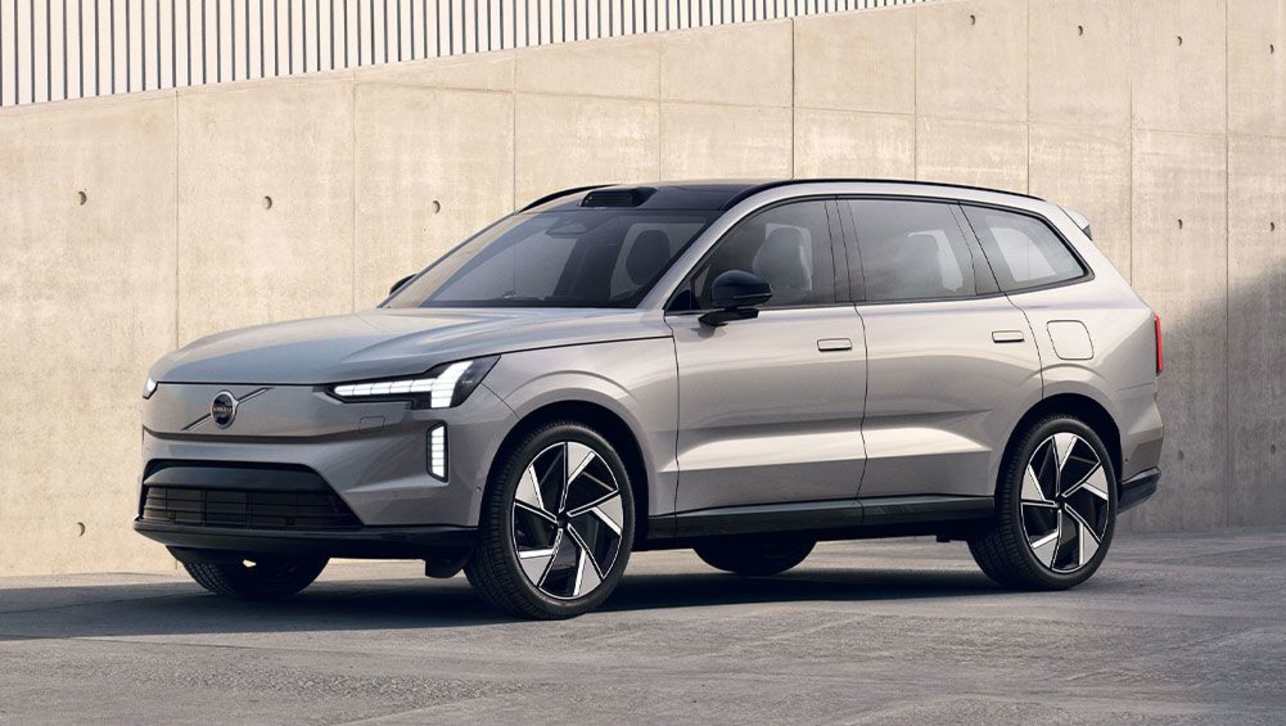
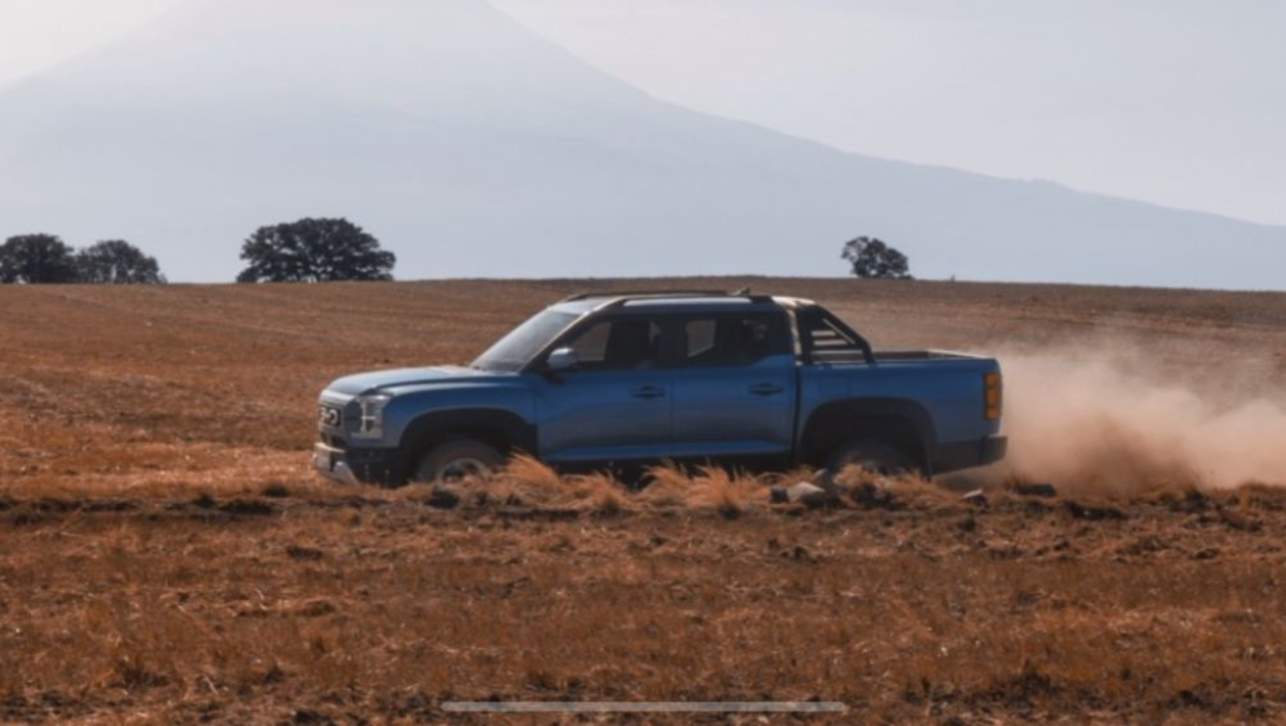
.jpg)
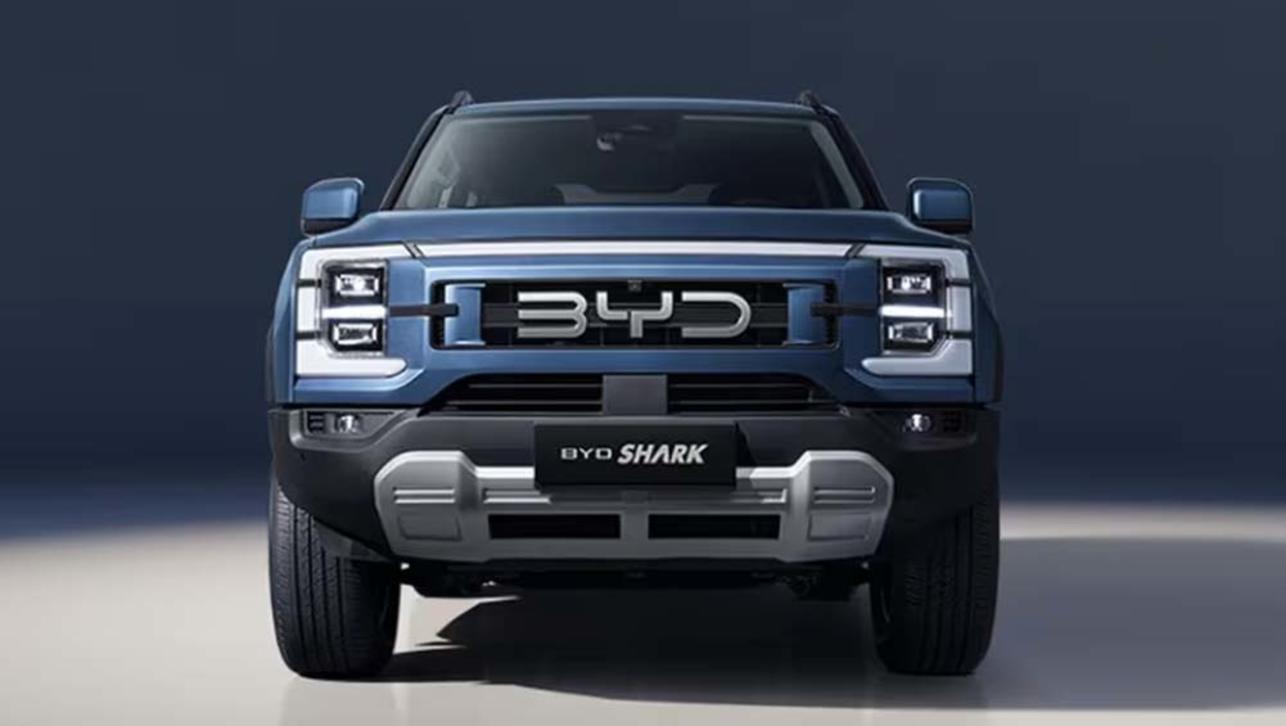
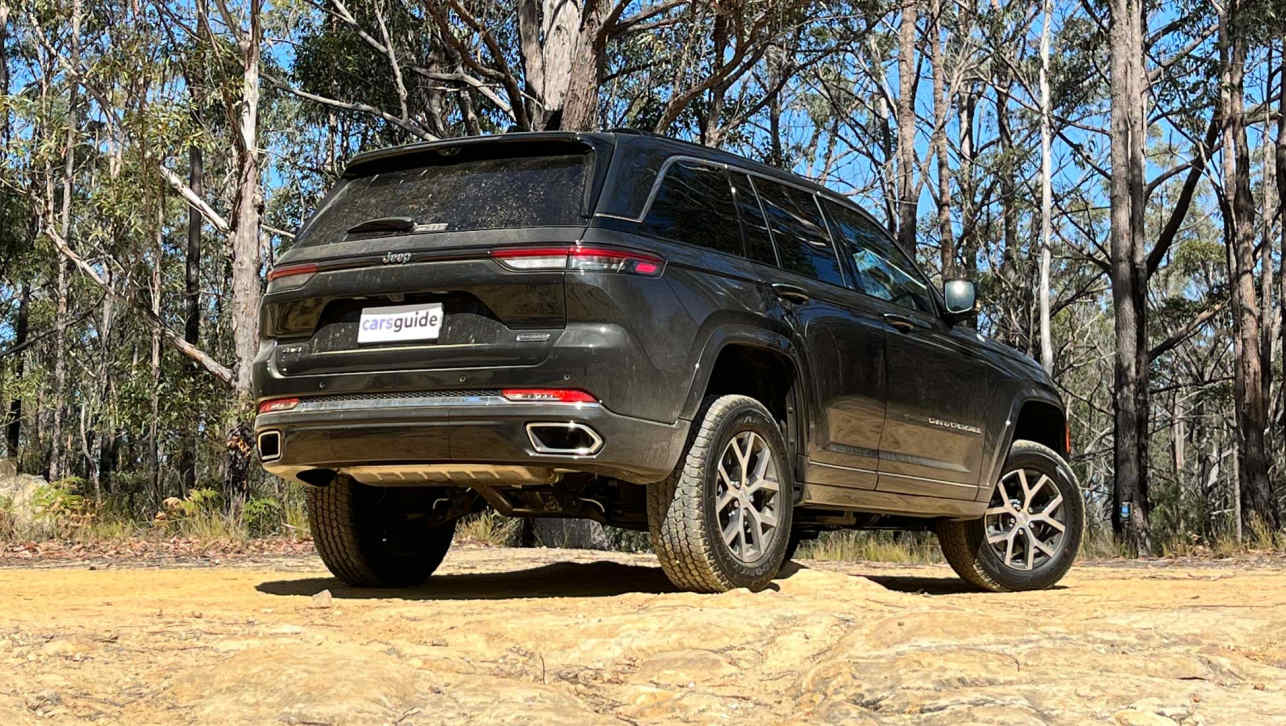
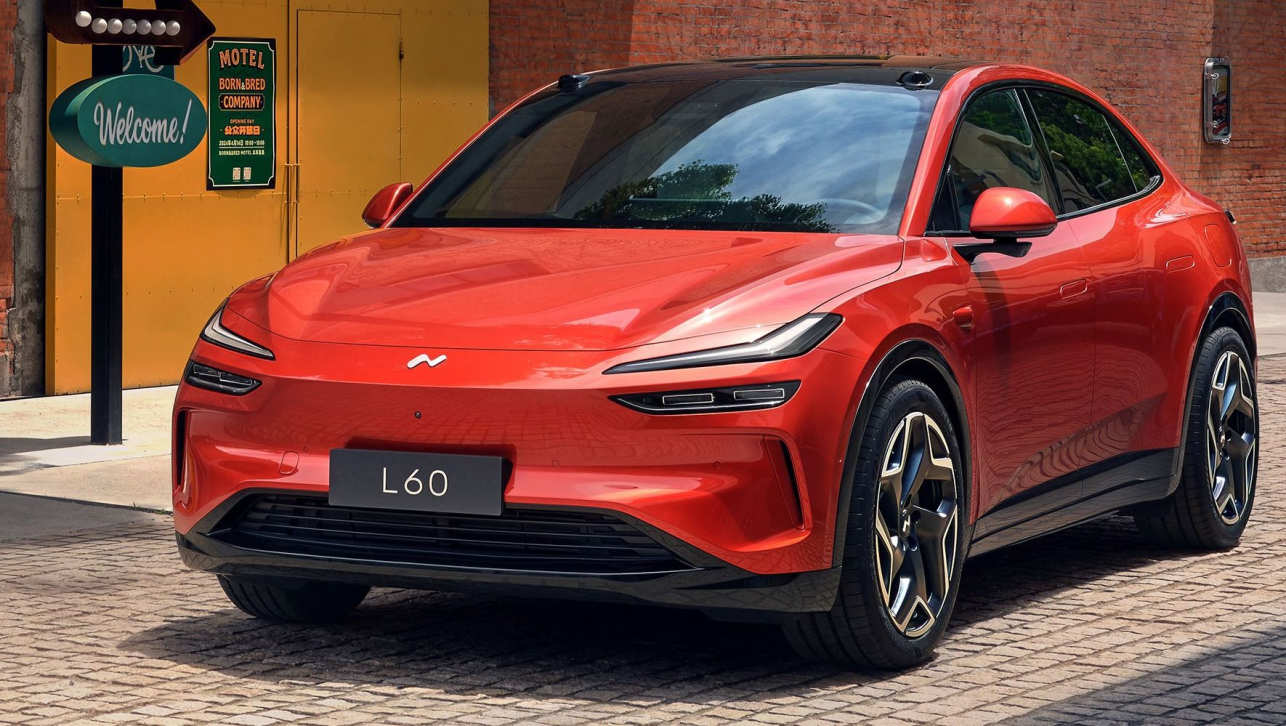

.jpg)
.jpg)

.jpg)

.jpg)
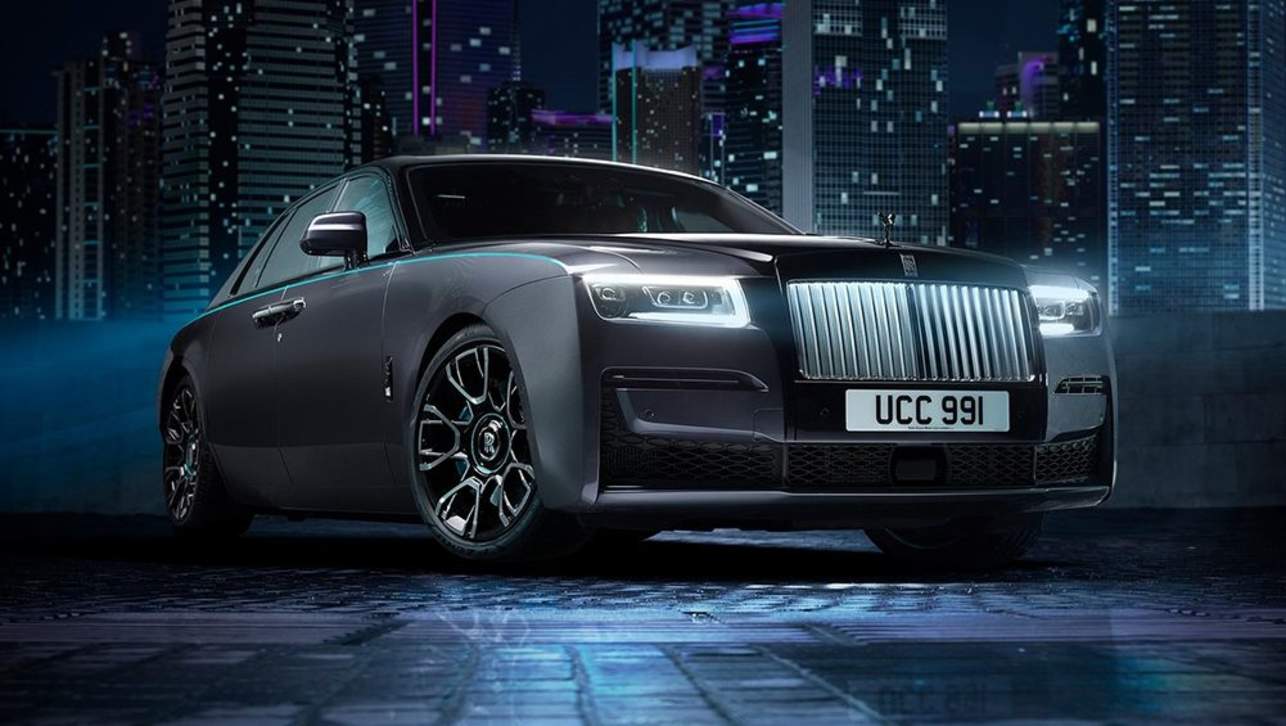
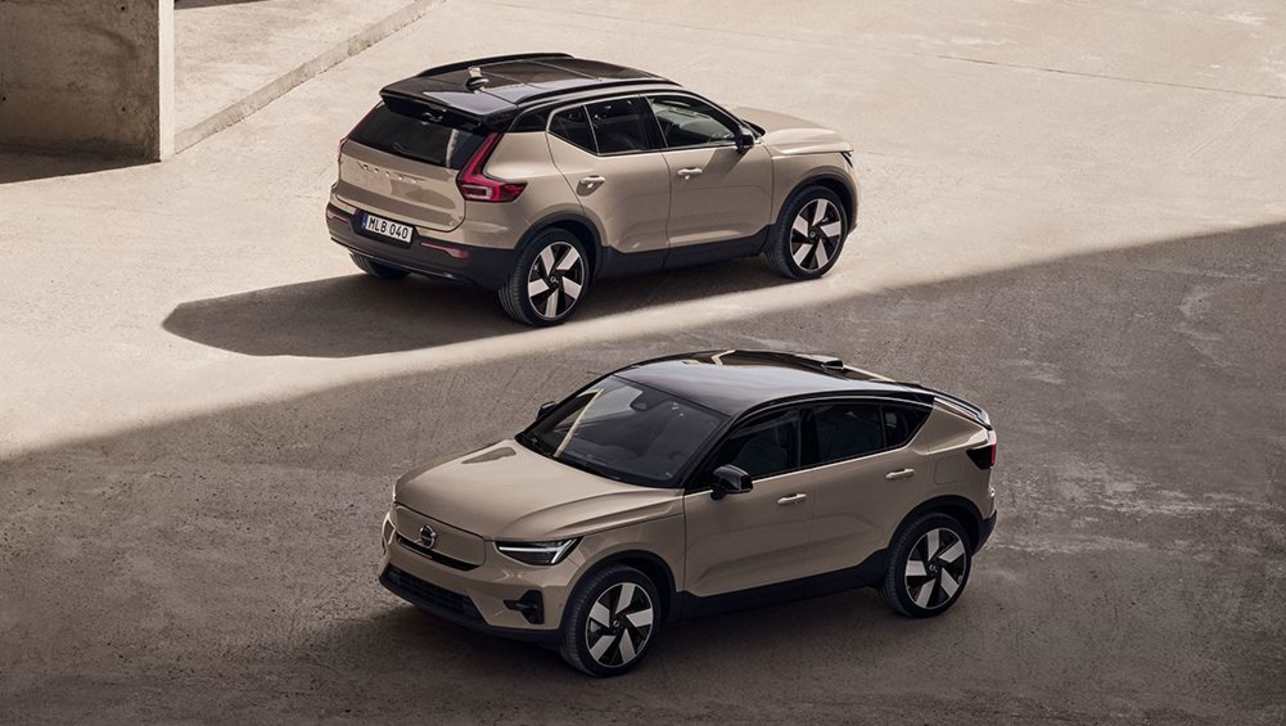




Comments